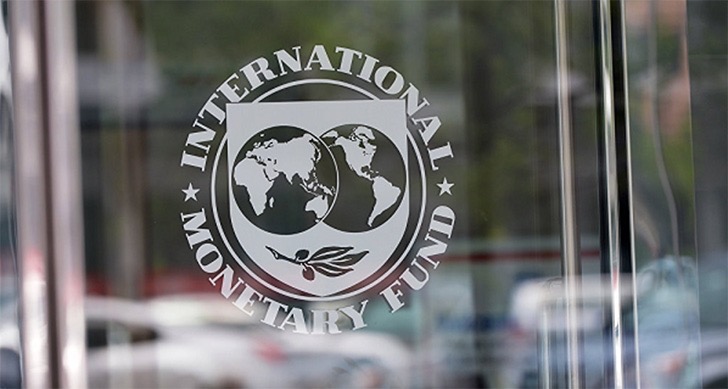
Ghana has emerged as the second most indebted country globally under the International Monetary Fund’s (IMF) Concessional Lending and Debt Relief Trust, with an outstanding exposure of 2.242 billion Special Drawing Rights (SDR), representing 17 percent of total borrowings from the Fund.
This was revealed in the IMF’s latest financial statements and quarterly reports ending 31st October 2024. The concessional lending facility, provided under the Poverty Reduction and Growth Trust (PRGT), offers low-interest loans to low-income countries to support economic recovery and development over a one to three-year period.
Debt restructuring
Ethiopia Tops List, Zambia in Third
Ethiopia topped the list of concessional lending debtors with an outstanding amount of 2.256 billion SDR, slightly ahead of Ghana. Zambia followed in third place with 1.272 billion SDR in IMF obligations.
Kenya and Ivory Coast ranked fourth and fifth, respectively, while other countries accounted for the remaining 44 percent of SDR borrowings.
Africa Holds Majority of Poverty Loans
The IMF report highlighted Africa’s dominance in concessional lending, with the continent holding 78 percent of the outstanding poverty loans. By contrast, Europe was the least recipient region, accounting for just one percent of the loans.
Ghana’s Economic Challenges and IMF Assistance
Ghana, alongside Zambia, has defaulted on its debt obligations, prompting both countries to seek financial support from the IMF. In 2023, Ghana secured a $3 billion bailout under the IMF Extended Credit Facility (ECF) to stabilise its economy amid severe financial difficulties.
As part of the ECF programme, Ghana has received $1.92 billion so far, with the remaining tranches expected in the coming months.
The country’s heavy reliance on concessional lending underscores its ongoing economic challenges and the need for structural reforms to address its fiscal and debt sustainability issues.
Ghana’s position as the second largest IMF debtor highlights the delicate balancing act required to manage its debt obligations while implementing measures to foster economic stability and growth.







